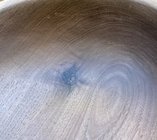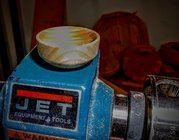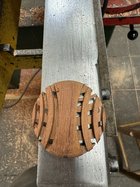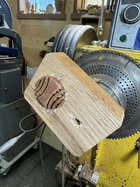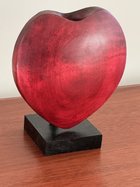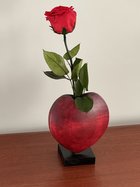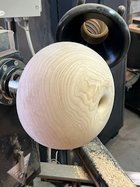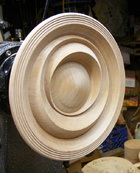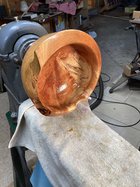Odie
Panning for Montana gold, with Betsy, the mule!
Was able to finish this Cottonwood burl bowl this evening. Tore up some of my sanding discs and paper, but did manage reasonably well. This is the bowl I was working on when I mentioned about using a Sharpie pen to ID spots while turning. As you can see, the problem void was reduced a little, but the wall thickness was a major problem, and couldn't go any further than this.....did turn out good enough to sell, though.....someone out there wants a really gnarly Cottonwood burl bowl! Big voids have always been a real problem for my style of multi-faceted turning.....but, I don't let that prevent me from acquiring great examples when I see them!
The photo on the left shows some great chatoyance showing up in the interior.....this nice attribute will be enhanced when it gets the Beall 3-step buff treatment.
-o-


The photo on the left shows some great chatoyance showing up in the interior.....this nice attribute will be enhanced when it gets the Beall 3-step buff treatment.
-o-


Last edited:





